Introduction to the Gaganyaan Mission
The Gaganyaan Mission represents a landmark venture for ISRO and India – an ambitious project aimed at sending humans into space. Slated for launch in the near future, Gaganyaan will mark India’s first crewed mission to low Earth orbit (LEO), symbolizing a bold leap into human space exploration.
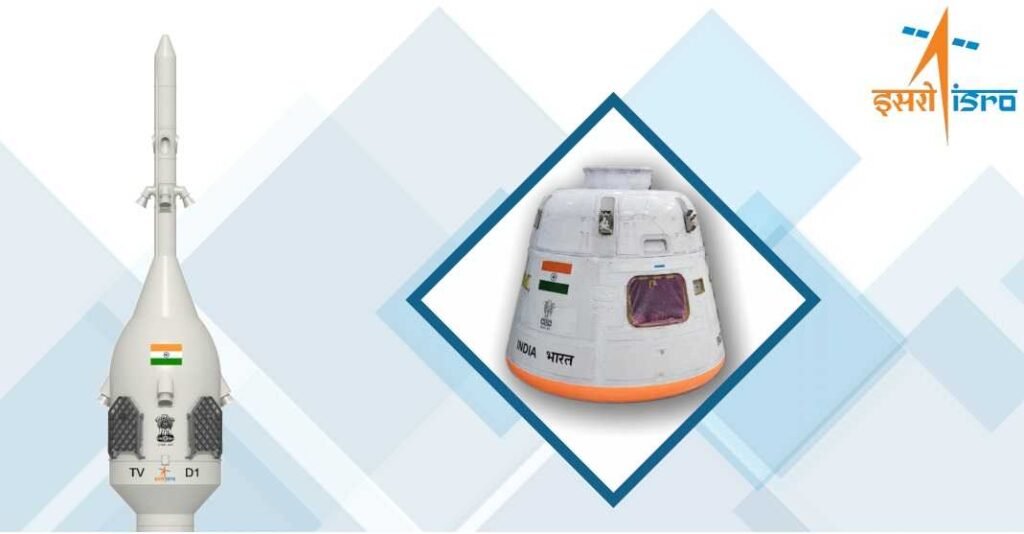
Brief Overview of ISRO (Indian Space Research Organisation)
The Indian Space Research Organisation (ISRO has long been a cornerstone of India’s scientific and technological progress. Founded in 1969, ISRO has made significant strides in space exploration, transforming India into a key player on the global space stage. Known for cost-effective and successful missions like Chandrayaan and Mangalyaan, ISRO continues to break new ground in its quest for space exploration.
Significance of the Mission for India and the Global Space Community
Gaganyaan holds immense significance for both India and the international community. For India, it’s a testament to the nation’s scientific advancements and technological prowess. On a global scale, this mission will contribute valuable data and collaboration opportunities, enhancing our collective understanding of human spaceflight.
Also read – Top 15 Space Agencies in the World for 2024
The Genesis of Gaganyaan
Early Discussions and Conceptualization of the Mission
The concept of Gaganyaan began taking shape in the early 2000s. Initial discussions focused on the feasibility of human spaceflight and the necessary technological advancements. By 2018, these discussions had matured into a concrete proposal, leading to the formal approval of the mission.
Key Milestones Leading to the Approval of Gaganyaan
Key milestones along the way included extensive feasibility studies, international collaborations, and rigorous testing of sub-systems. The successful launch and recovery of the Crew Module Atmospheric Re-entry Experiment (CARE) in 2014 was a significant step forward, showcasing ISRO’s capabilities in human spaceflight technology.
ISRO’s Achievements in Space Exploration
Overview of ISRO’s Previous Successful Missions (e.g., Chandrayaan, Mangalyaan)
ISRO’s journey is dotted with numerous successful missions. Chandrayaan-1, launched in 2008, confirmed the presence of water on the Moon. In 2013, the Mars Orbiter Mission (Mangalyaan) made headlines as the first mission to reach Mars on its maiden attempt, positioning India among the elite group of Mars explorers.
Building a Legacy of Innovation and Scientific Achievement
These missions highlighted ISRO’s flair for innovation, cost efficiency, and technical proficiency, laying a solid foundation for the Gaganyaan mission. By consistently achieving remarkable milestones, ISRO has built a legacy that continues to inspire countless future scientists and engineers.
Gaganyaan Mission Objectives
Primary Goals
Launching a Crewed Spacecraft into Low Earth Orbit
The primary goal of the Gaganyaan mission is to launch a crewed spacecraft into LEO, approximately 300-400 km above the Earth’s surface. This is a significant step that requires precise planning, engineering, and execution.
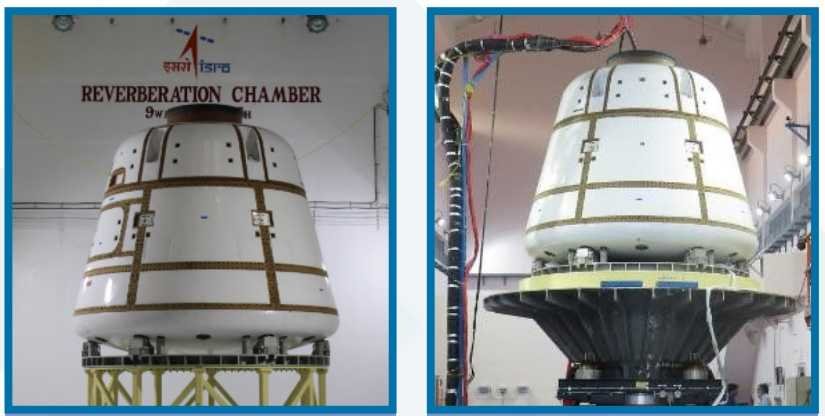
Ensuring the Safe Return of the Crew to Earth
Equally important is the safe return of the crew. This entails robust life support systems, reliable re-entry technology, and fail-safe rescue plans, ensuring that every aspect of the mission is geared towards the astronauts’ safety.
Scientific and Technological Aims of Gaganyaan Mission
Testing New Space Technologies and Systems
Gaganyaan aims to test new technologies and systems critical for human spaceflight. These include life support systems, crew escape systems, and advanced avionics. The insights gained will pave the way for more complex future missions.
Conducting Scientific Experiments in Space
The mission will also carry various scientific payloads. These experiments, ranging from biological studies to material sciences, will provide valuable data on how different factors in space affect human life and other biological entities.
Also read –List of ISRO Space Centers in India
Key Components of the Gaganyaan Mission
The Spacecraft
Design and Features of the Gaganyaan Spacecraft
The Gaganyaan spacecraft is designed to accommodate a crew of three astronauts. It comprises an Orbital Module and a Service Module, featuring advanced electronics, a robust propulsion system, and ergonomic seating for enhanced comfort.
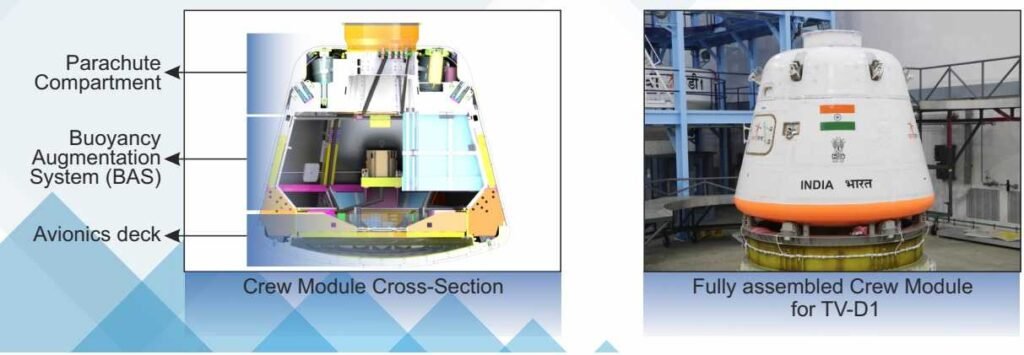
Life Support and Safety Systems for Astronauts
Life support systems include a controlled environment for temperature, humidity, and pressure, while safety systems encompass emergency abort capabilities and radiation protection, ensuring astronauts can endure the harsh conditions of space.
The Launch Vehicle
Details on the GSLV Mk III Rocket
The Geosynchronous Satellite Launch Vehicle Mark III (GSLV Mk III) is chosen to launch the Gaganyaan spacecraft. This heavy-lift rocket is vital due to its high payload capacity and proven reliability in placing satellites into orbit.
Modifications and Upgrades for the Gaganyaan Mission
For Gaganyaan, the GSLV Mk III has undergone key upgrades, including a crew escape system and improved avionics. These modifications ensure it meets the specific requirements of a human spaceflight mission.
Ground Support and Infrastructure
Training Facilities for Astronauts
ISRO has established state-of-the-art training facilities for astronaut preparation. These include simulators for replicating space conditions, centrifuges for experiencing high G-forces, and neutral buoyancy pools for simulating microgravity.
Mission Control and Tracking Systems
Mission control and tracking systems have been fortified to ensure real-time communication and monitoring of the spacecraft. This infrastructure is crucial for orchestrating the mission and handling any contingencies that might arise.
Also read – Top 5 Private Space Companies in India
Astronaut Training and Selection
Criteria and Process for Selecting Indian Astronauts
The selection of astronauts is a rigorous process. Candidates are evaluated based on physical fitness, psychological stability, and technical knowledge. Only the best of the best are selected to undergo the strenuous training regimen.
Collaboration with International Space Agencies for Training
Recognizing the complexity of human spaceflight, ISRO has collaborated with international space agencies like Roscosmos for training. This collaboration ensures that Indian astronauts receive the best possible preparation.
Training Regimen
Overview of Physical, Psychological, and Technical Training
The training covers physical fitness, psychological resilience, and technical skills. From survival training in harsh environments to mastering spacecraft systems, every aspect prepares astronauts for the rigors of spaceflight.
Simulations and Zero-Gravity Training Exercises
Advanced simulations and zero-gravity exercises help astronauts acclimate to space conditions. These exercises include underwater training for microgravity simulation and using simulators to practice mission protocols.
The Gaganyaan Astronauts: Who Are They?
The Indian Space Research Organization has selected Group Captains Prasanth Balakrishnan Nair, Ajit Krishnan, and Angad Pratap, as well as Wing Commander Shubanshu Shukla, as astronaut candidates for its first human spaceflight mission.
In an event held on February 27, Prime Minister Narendra Modi disclosed the identities of the four astronaut-candidates for the Indian Space Research Organization’s (ISRO) first human spaceflight mission, known as Gaganyaan, during an official visit to the Vikram Sarabhai Space Centre in Thiruvananthapuram, Kerala.
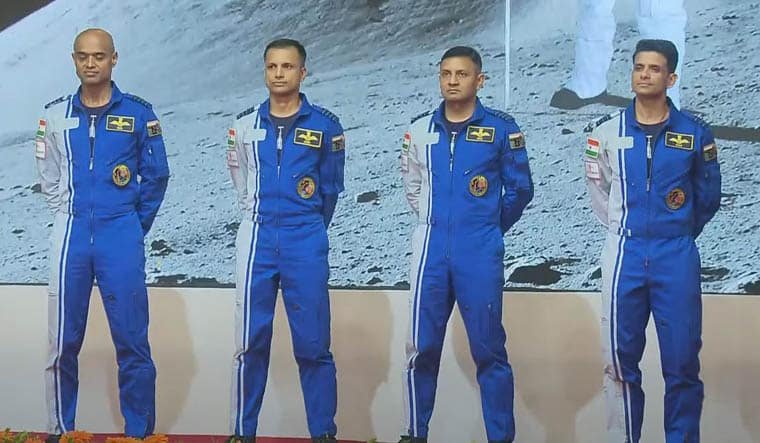
Summary of ISRO Gaganyaan Astronauts
Group Captain Prasanth Balakrishnan Nair:
- Background: Born on August 26, 1978, in Kerala.
- Education: Attended N.S.S. Engineering College in Palakkad before enrolling at the National Defence Academy (NDA) in Khadakwasla, Maharashtra.
- Career: Graduated from NDA in 1997 and became an Air Force fighter pilot in 1998. He later became a flying instructor and a test pilot, responsible for flying new or modified aircraft and testing flight procedures and safety.
- Achievements: Awarded the ‘Sword of Honour’ at the Air Force Academy, the highest distinction for a top-performing cadet. He has over 3,000 hours of flying time and has commanded a squadron of Su-30 aircraft, among others.
Ajit Krishnan:
- Background: Born on April 19, 1982, in Chennai.
- Education: Graduated from NDA in 2002, awarded the ‘Sword of Honour’, and joined the Air Force in 2003.
- Career: Test pilot with 2,900 hours of flight time. Experienced in flying Sukhoi, MiG, Jaguar, Hawk, Dornier, and Antonov An-32 aircraft.
Angad Pratap:
- Background: Born on July 17, 1982, in Prayagraj.
- Education: Graduated from NDA a year after Mr. Krishnan.
- Career: Joined the Air Force in 2004 and became a test pilot, logging about 2,000 hours of flight time and training on various aircraft.
Shubhanshu Shukla:
- Background: Born on October 10, 1985, in Lucknow.
- Education: Completed NDA training in 2005.
- Career: Joined the Air Force as a fighter pilot in 2006 and later became a test pilot with similar flying experience to Mr. Pratap.
Source : Media – The Hindu
Additional Information:
- Test Pilots as Astronauts: Test pilots are often chosen for early human spaceflight missions due to their extensive training and experience. Notably, Rakesh Sharma, the first Indian in space on the Soviet Union’s Soyuz T-11 mission in 1984, was also a test pilot.
- AFTT (Air Force Test Pilots Training): Retired Air Marshal Bhushan Gokhale described AFTT as the “cradle of military aviation” in India. Founded in 1956, it had squadron leader Douglas George King-Lee as its first officer-in-charge.
Technological Innovations and Challenges
Innovations
New Technologies Developed for Gaganyaan
Several new technologies have been developed for Gaganyaan, including a robust life support system, advanced avionics, and an indigenously developed crew escape system. These innovations are critical for mission success and future human spaceflights.
Integration of Indigenous and International Technologies
ISRO has adeptly integrated indigenous technologies with international expertise. This blend ensures the mission benefits from the best available technology while fostering self-reliance.
Challenges and Solutions
Key Challenges Faced in Mission Development
The mission development has faced numerous challenges, such as mastering life support systems, ensuring effective radiation shielding, and developing reliable re-entry technology. Each challenge required innovative solutions and extensive testing.
Solutions and Strategies to Overcome These Challenges
ISRO adopted a methodical approach to tackle these challenges. For instance, extensive simulations and ground tests have been conducted to validate life support systems, while international collaborations have provided valuable insights into radiation protection.
Future Prospects
Post-Gaganyaan Missions
Potential Follow-up Missions and Extended Human Spaceflight Programs
Post-Gaganyaan, ISRO envisions a series of follow-up missions aimed at extended human spaceflights. These missions could include longer stays in space and potentially establishing a sustainable human presence in orbit.
ISRO’s Long-Term Vision for Human Space Exploration
ISRO’s long-term vision encapsulates not just human spaceflight but also interplanetary missions. By leveraging the experiences and technologies developed through Gaganyaan, ISRO aims to push the envelope further, exploring more complex and distant realms of space.
Impact on India’s Space Ambitions
Economic, Scientific, and Educational Impacts of the Gaganyaan Mission
The Gaganyaan mission promises significant impacts on India’s economy, scientific community, and educational system. It will spur technological advancements, foster scientific research, and inspire countless young minds to pursue careers in space science.
Inspiring the Next Generation of Indian Scientists and Engineers
One of the mission’s most profound impacts will be its ability to inspire. By showcasing India’s capabilities, Gaganyaan will ignite the imaginations of the next generation, encouraging them to dream big and work towards realizing those dreams.
Also read – List of Moon Landed Countries
Conclusion
Recap of the Gaganyaan Mission’s Significance
The Gaganyaan mission is a monumental endeavor that underscores India’s growing prowess in space exploration. Its significance extends beyond technical achievements to embodying the spirit of human curiosity and ingenuity.
Final Thoughts on India’s Bold Step into Human Space Exploration
India’s bold step into human space exploration with Gaganyaan signals a new era for ISRO and the nation. It’s a journey of discovery, innovation, and collaboration that promises to expand our understanding of space and inspire future generations.
Follow ISRO’s journey and support space science initiatives to be part of this exciting voyage into the unknown.
Additional Resources
- Official ISRO Updates on Gaganyaan
- Educational Resources on Human Space Exploration
- Articles and Books for Further Reading
By integrating these elements, we’ve crafted a comprehensive and engaging blog post that captures the essence and importance of ISRO’s Gaganyaan mission.
Frequently Asked Questions
Who are the 4 Indian astronauts on Gaganyaan?
Meet the four Gaganyaan astronauts
– Group Captain Prashanth Nair.
– Group Captain Ajit Krishnan.
– Group Captain Angad Pratap.
– Wing Commader Shubhanshu Shukla.
Which robot is used in Gaganyaan?
Vyommitra
Vyommitra (from Sanskrit: vyoma, “space” and mitra, “friend”) is a female-looking spacefaring humanoid robot developed by the Indian Space Research Organisation to function on-board the Gaganyaan, a crewed orbital spacecraft.
What are Indian astronauts called?
The Indian astronauts are known informally as Vyomanauts for indigenous missions by ISRO.
Who is the chief scientist of ISRO?
Shri S. Somanath (Full Name – Sreedhara Panicker Somanath) is the present chairman of ISRO. He assumed the charge of Secretary, Department of Space and Chairman, Space Commission on 14 January 2022.
Which rocket is used for Gaganyaan mission?
LVM-3
The CE-20 is an indigenous cryogenic engine ISRO developed to use with the GSLV Mk III, now called the LVM-3, launch vehicle. It represents an improvement on the CE-7.5 cryogenic engine and is instrumental to ISRO successfully realising its human spaceflight, a.k.a. Gaganyaan, mission.
Having any queries? – Do reach us at info@scivoyage.com

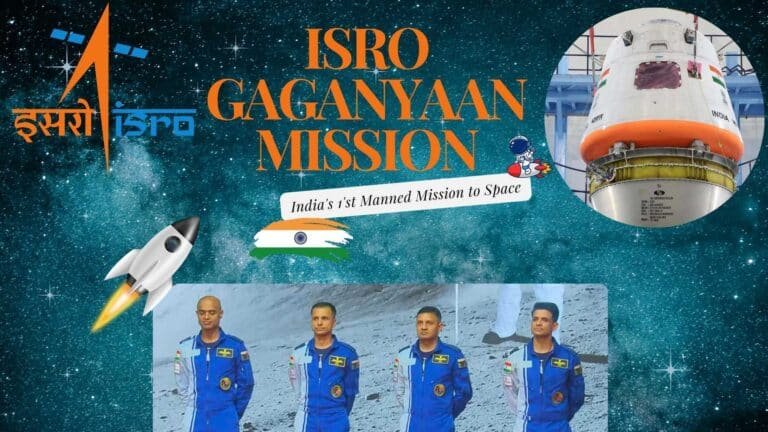
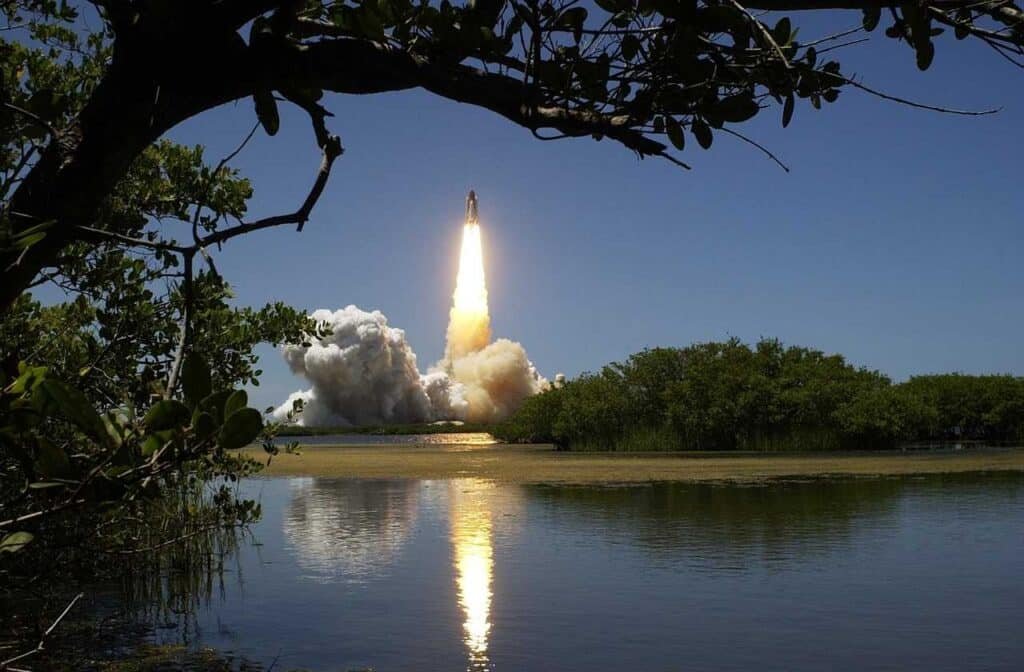
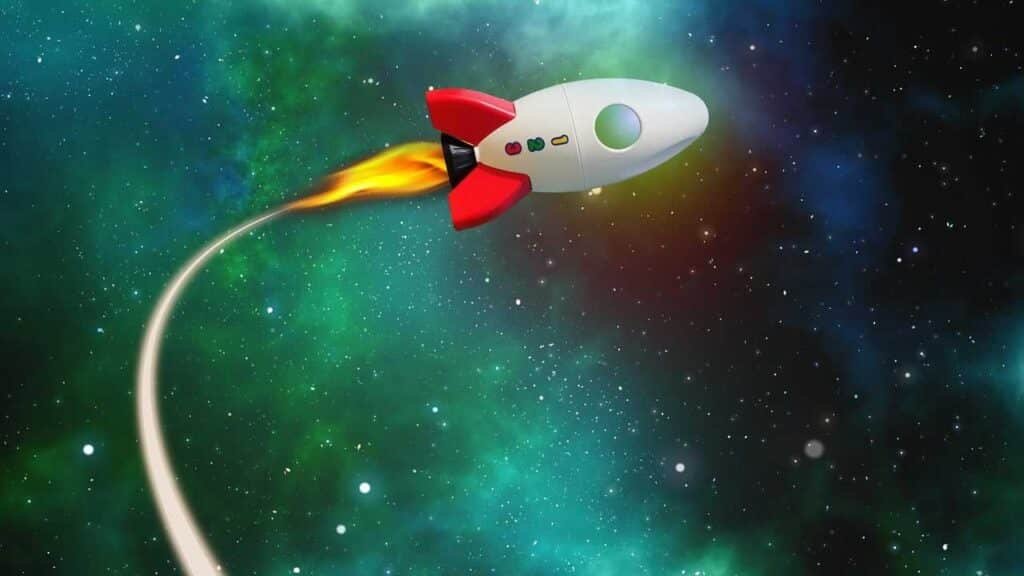
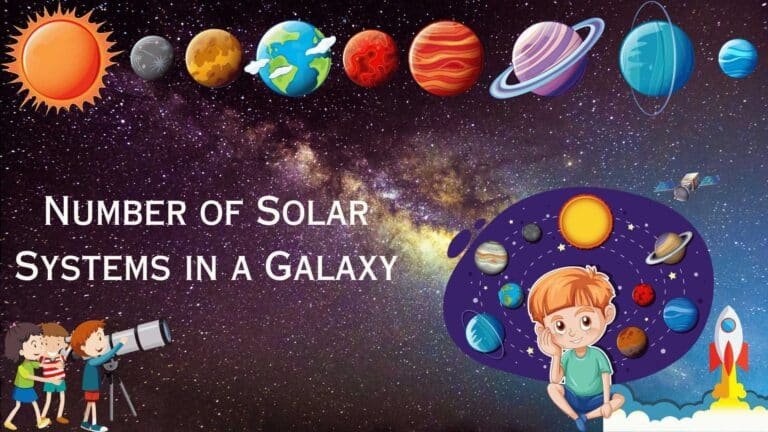
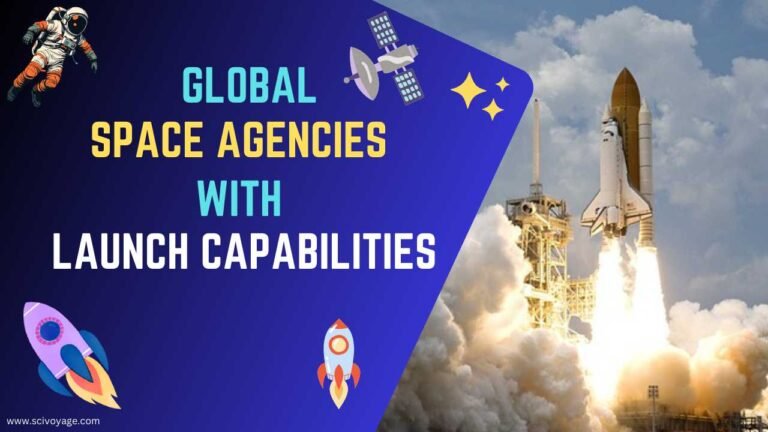

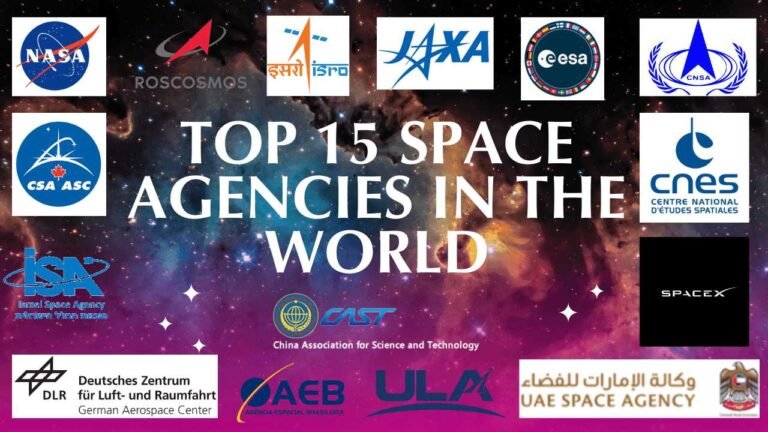
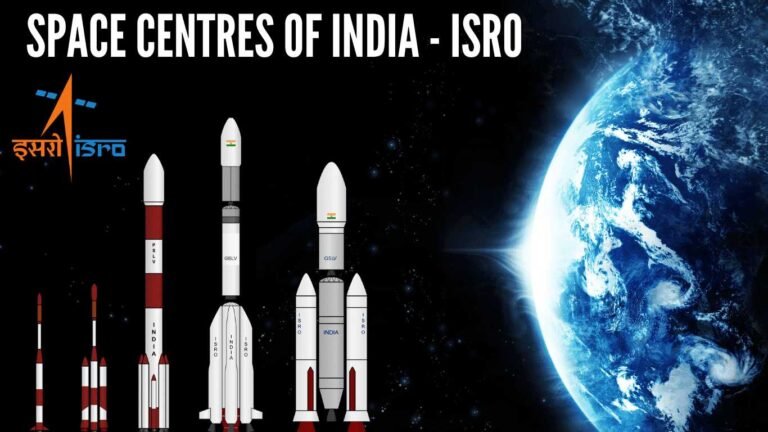
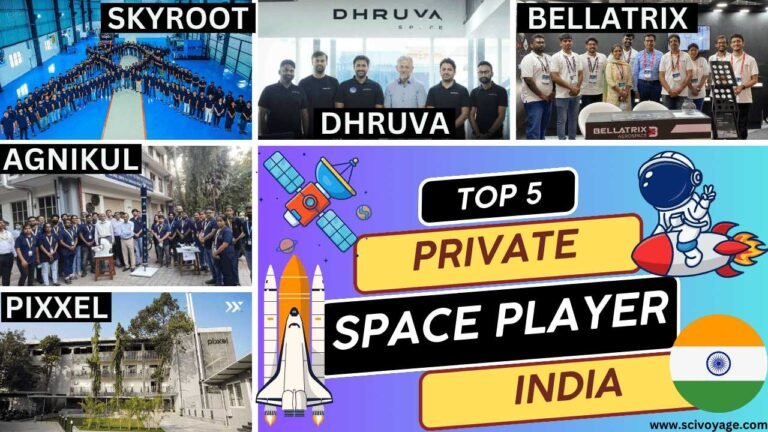
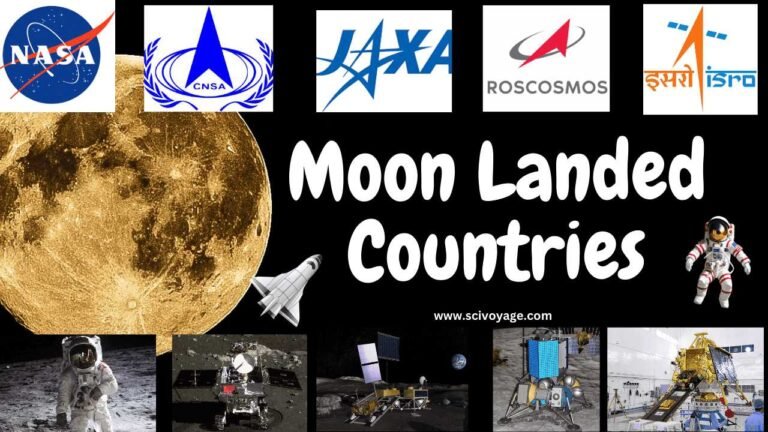
7 thoughts on “ISRO’s Gaganyaan Mission – India’s Bold Leap into Human Space Exploration”
Useful information. Lucky me I found your website by accident, and I’m surprised why this accident didn’t took place in advance! I bookmarked it.
Thanks for sharing. I read many of your blog posts, cool, your blog is very good.
Thanks for sharing. I read many of your blog posts, cool, your blog is very good.
Thank you for your sharing. I am worried that I lack creative ideas. It is your article that makes me full of hope. Thank you. But, I have a question, can you help me?
Can you be more specific about the content of your article? After reading it, I still have some doubts. Hope you can help me. https://accounts.binance.com/ar/register?ref=V2H9AFPY
Your point of view caught my eye and was very interesting. Thanks. I have a question for you.
Your point of view caught my eye and was very interesting. Thanks. I have a question for you.